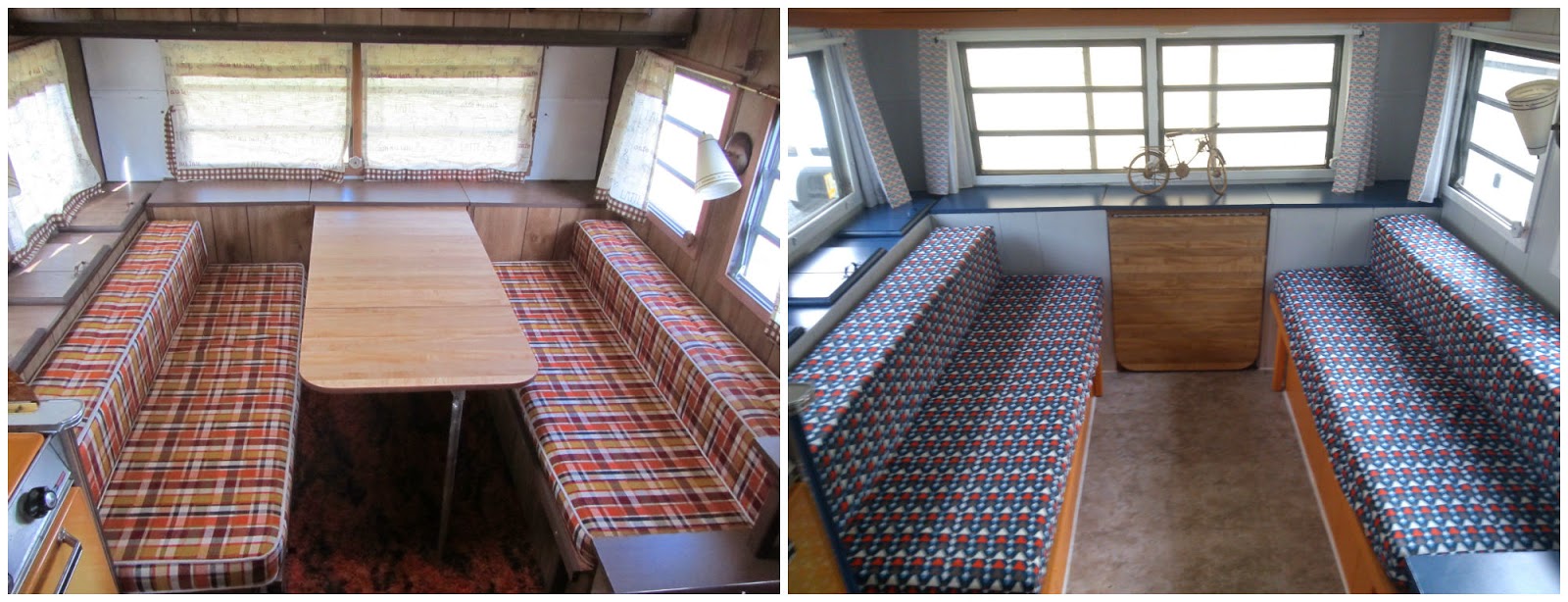Over the past few weeks we have noticed the lack of an important piece of furniture in our home, the all important kiddy table. Having served an 18 month mission for our church in Korea I fell in love with their mini fold up tables that somehow allowed everyone to gather around. They folded up very neatly and stored really well and allowed for additions. Upon discussing the options for a kids table in our home I told Brian I didn't want to have to worry about chairs, because let's be honest, they are extra pieces of furniture that you constantly have to teach your kids to sit in. So we decided to go with the Korean version of a table. I'll be making floor pads for them to sit on as well. We discussed just picking one up at Lotte Mart the next time we were in Baltimore but why not take this opportunity to learn a new skill. I will say that based on my abilities I opted for non-folding short legs.
Here goes...
Supplies -
-Wood board - for table top
-4 Wood legs with screw already in place
-4 Straight Top Plates (see picture below)
-Stain color of your choosing - You could probably use an acrylic wash if you want to add color but I used an actual wood stain
-Polyurethane
-Rags
-Brushes
-Drop cloth
Step #1: Purchase your choice of table top. Either Lowes or Home Depot have prefabricated boards that have been sanded and cut to size. You will have several options but we went with 3/4"x 24"x 48". This is bigger than the standard kid dinner table but I wanted them to have extra room for art projects. Or if they were having friends over they could all huddle up. Purchase additional supplies if needed. Note: the wooden legs are typically in the same section at the wood trim and you will usually have half a dozen options for style.
Step #2: Using a rag, I made some out of towels we never use, apply the stain to the wood surfaces (table top and legs). If you want more of a wash look where you see the wood grain don't use very much stain. If you want an more opaque look you may have to do several coats. The key to doing anything with wood and having it look nice, ALWAYS GO WITH THE GRAIN! Always.
Step #3: For ours I chose to add a pattern cut out from my silhouette machine and an extra layer of stain. Not really because I wanted to but rather because my dear sweet husband trying to help, screwed the straight top plates on the wrong side. Unfortunately the underside was a little sloppy on the edges and this was my fix. Lemonade anyone?
Step #4: Allow for the stain to dry, then apply polyurethane to the surface of the wood with a paint brush. Make sure you don't over brush or apply too heavily. Allow to dry and repeat 2 more times. I went with a semi-gloss for our surface finish because it will be used for food but I don't love the super shiny look.
Step #5: When all coats of polyurethane have set apply straight top plates to the under surface of the table top. Decide how far in you want the legs to be. For us we opted for 2 inches on both sides of the corner.
Step #6: Mark the screw holes with a marker or screw.
Step #7: Drill holes prior to screwing in the straight top plates. Brian cut pieces of card board and put them on the drill bit to keep him from screwing to far and going through the other side.
Step #8: Screw in plates.
Step #9: Attach legs by screwing them into the center hole in the plate.
Step #10: Set upright and enjoy.
Step #11: Place flat cushions.

















































